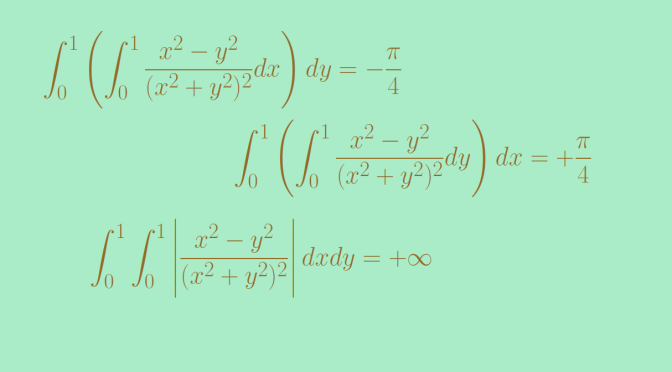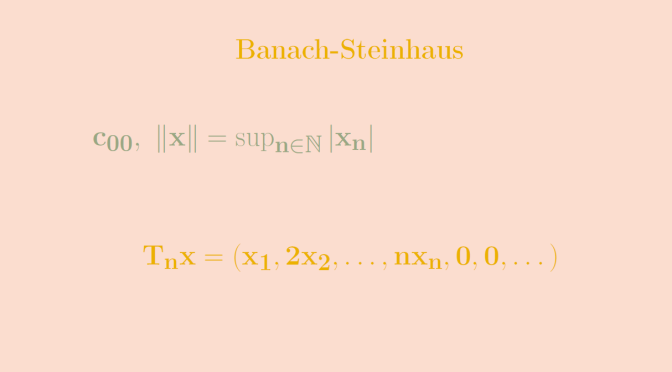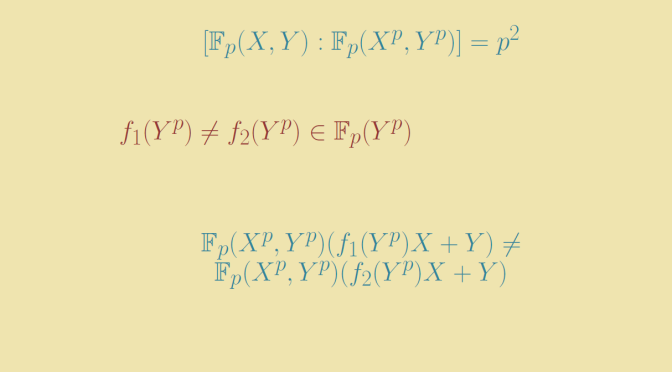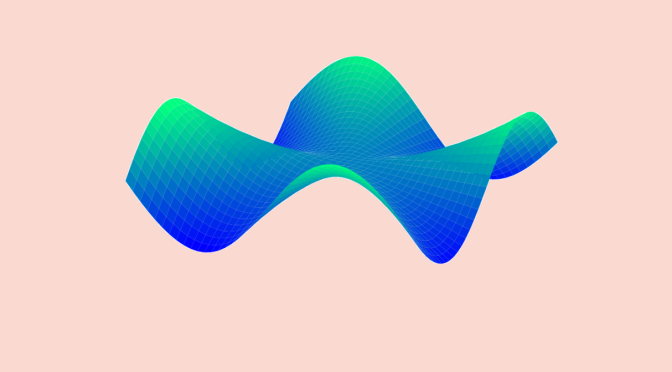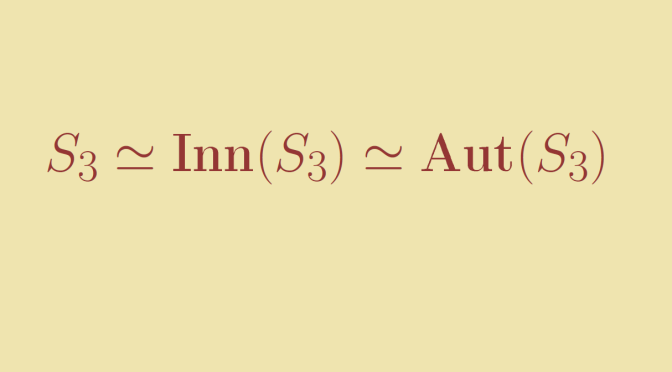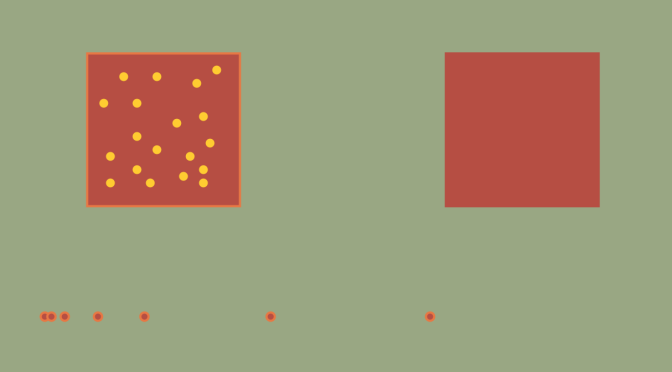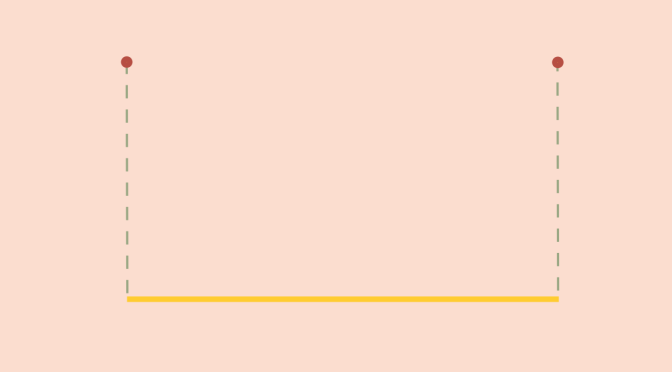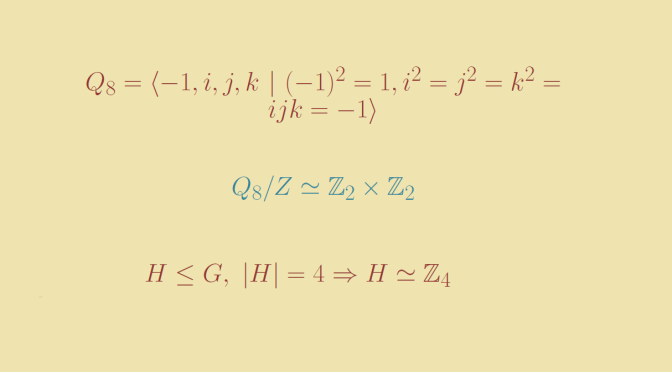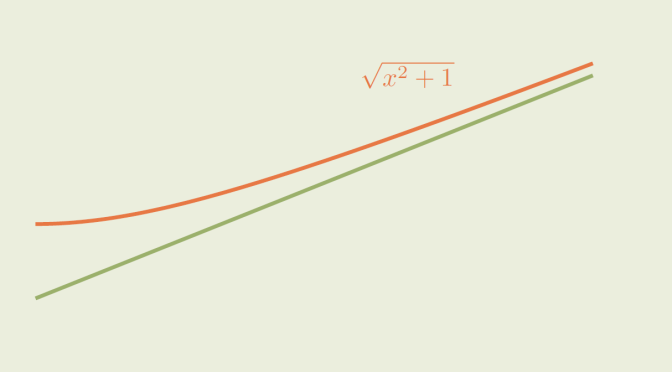Let’s play with the closure and the interior of sets.
To start the play, we consider a topological space \(E\) and denote for any subspace \(A \subset E\): \(\overline{A}\) the closure of \(A\) and \(\overset{\circ}{A}\) the interior of \(A\).
Warm up with the closure operator
For \(A,B\) subsets of \(E\), the following results hold: \(\overline{\overline{A}}=\overline{A}\), \(A \subset B \Rightarrow \overline{A} \subset \overline{B}\), \(\overline{A \cup B} = \overline{A} \cup \overline{B}\) and \(\overline{A \cap B} \subset \overline{A} \cap \overline{B}\).
Let’s prove it.
\(\overline{A}\) being closed, it is equal to its closure and \(\overline{\overline{A}}=\overline{A}\).
Suppose that \(A \subset B\). As \(B \subset \overline{B}\), we have \(A \subset \overline{B}\). Also, \(\overline{B}\) is closed so it contains \(\overline{A}\), which proves \(\overline{A} \subset \overline{B}\).
Let’s consider \(A,B \in E\) two subsets. As \(A \subset A \cup B\), we have \(\overline{A} \subset \overline{A \cup B}\) and similarly \(\overline{B} \subset \overline{A \cup B}\). Hence \(\overline{A} \cup \overline{B} \subset \overline{A \cup B}\). Conversely, \(A \cup B \subset \overline{A} \cup \overline{B}\) and \(\overline{A} \cup \overline{B}\) is closed. So \(\overline{A \cup B} \subset \overline{A} \cup \overline{B}\) and finally \(\overline{A \cup B} = \overline{A} \cup \overline{B}\).
Regarding the inclusion \(\overline{A \cap B} \subset \overline{A} \cap \overline{B}\), we notice that \(A \cap B \subset \overline{A} \cap \overline{B}\) and that \(\overline{A} \cap \overline{B}\) is closed to get the conclusion.
However, the implication \(\overline{A} \subset \overline{B} \Rightarrow A \subset B\) doesn’t hold. For a counterexample, consider the space \(E=\mathbb R\) equipped with the topology induced by the absolute value distance and take \(A=[0,1)\), \(B=(0,1]\). We have \(\overline{A}=\overline{B}=[0,1]\).
The equality \(\overline{A} \cap \overline{B} = \overline{A \cap B}\) doesn’t hold as well. For the proof, just consider \(A=[0,1)\) and \(B=(1,2]\). Continue reading Playing with interior and closure →

